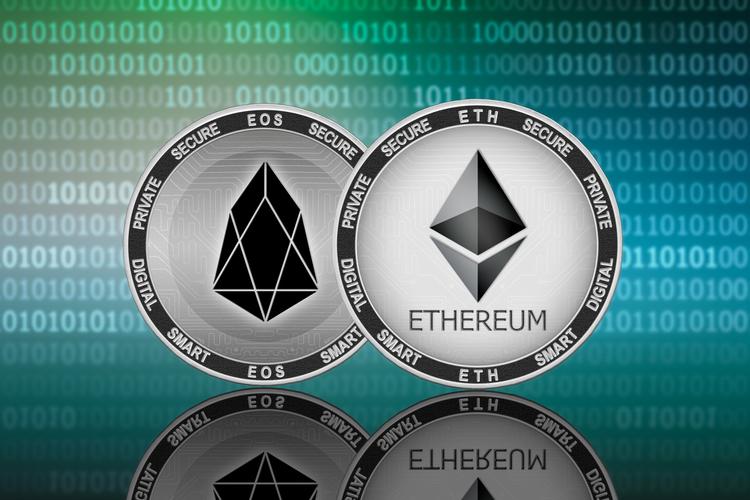Understanding Binance, EOS, and ETH: A Comprehensive Guide
Binance, EOS, and ETH are three of the most prominent players in the cryptocurrency world. Whether you’re a seasoned investor or just dipping your toes into the market, understanding these platforms is crucial. Let’s delve into the details of each, exploring their unique features, benefits, and how they stand out in the crowded crypto space.
What is Binance?
Binance is a global cryptocurrency exchange that was founded in 2017 by Changpeng Zhao. It has quickly become one of the largest and most popular exchanges in the world, offering a wide range of services to both beginners and experienced traders.

One of the standout features of Binance is its user-friendly interface. The platform is designed to be intuitive, making it easy for new users to navigate and trade. Binance also offers a mobile app, ensuring that you can trade on the go.
In addition to trading, Binance provides a range of other services, including a decentralized exchange (DEX), a futures trading platform, and a staking service. The exchange also hosts its own blockchain, Binance Smart Chain, which allows for the creation of decentralized applications (dApps) and the issuance of tokens.
Understanding EOS
EOS is a blockchain platform that was launched in 2018. It aims to provide a scalable and user-friendly platform for decentralized applications. Unlike traditional blockchains, EOS uses a unique consensus mechanism called Delegated Proof of Stake (DPoS), which allows for faster transaction speeds and lower fees.
One of the key features of EOS is its ability to handle high transaction volumes. This makes it an attractive platform for developers looking to create applications that require a high level of scalability. EOS also offers a set of tools and services that make it easier to build and deploy dApps.

EOS has its own cryptocurrency, called EOS tokens. These tokens are used to power the network and are also used for governance purposes. Holders of EOS tokens can vote on various aspects of the network, including the selection of block producers.
Exploring ETH
ETH, short for Ethereum, is a blockchain platform that was launched in 2015. It is one of the most popular and widely used blockchains in the world, thanks in part to its versatile smart contract functionality.
Ethereum’s smart contracts allow developers to create decentralized applications (dApps) that can run on the blockchain without the need for a central authority. This has led to a surge in the development of innovative projects across various industries, from finance to gaming.
ETH is also used as a digital currency, similar to Bitcoin. It can be bought, sold, and used to pay for goods and services. Ethereum is also planning to transition to a proof-of-stake consensus mechanism, which is expected to improve scalability and reduce energy consumption.
Comparing Binance, EOS, and ETH
While Binance, EOS, and ETH all operate within the cryptocurrency space, they offer different services and cater to different needs.
Binance is primarily an exchange, offering a wide range of trading options and services. EOS, on the other hand, is a blockchain platform designed for the development of dApps. ETH is also a blockchain platform, but it is best known for its smart contract capabilities.
When it comes to fees, Binance is known for its competitive trading fees, while EOS and ETH have lower transaction fees due to their respective consensus mechanisms. In terms of scalability, EOS is designed to handle high transaction volumes, while Binance and ETH are also working on improving their scalability.


